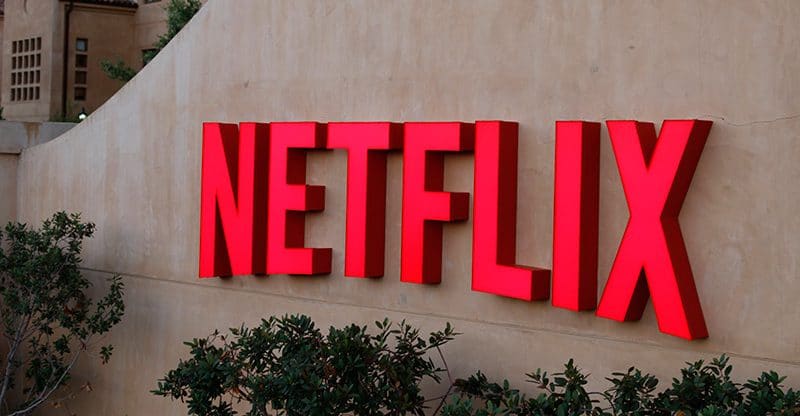Streaming giant Netflix recently introduced an ad-supported tier, and the results have been nothing short of impressive. During its Upfront presentation to advertisers, the streaming major revealed that the new tier has already amassed nearly 5 million monthly active users across the globe.
However, it should be noted that this might not be the exact number, given that many users are prone to sharing Netflix accounts (even after the streaming giant clamped down on password sharing).
For those who need a refresher, Netflix had launched the ad-supported tier six months ago. Available at half the price of the standard subscription plan – $7 per month – the ad-supported tier continued to gain momentum since its launch. In fact, within the first two months of its introduction, the ad-supported tier had one million subscribers in the US itself.
Eventually, it rolled out to multiple markets across the globe and caught the eye of numerous customers (which created a new stream of revenue for Netflix). At the end of the first quarter of the year, the streaming giant had 233 million paying members across the globe. The rapid growth of the ad-supported tier, with nearly 5 million monthly active users, demonstrates a strong demand for alternative subscription models in the streaming landscape. While Netflix has built its success on a subscription-based model, the inclusion of ads can enhance its financial position and provide additional flexibility in navigating the evolving streaming market.
Furthermore, it highlighted Netflix’s willingness to adapt to changing consumer preferences and market trends amidst intensifying competition with its rivals in the streaming sector. As the streaming industry continues to evolve, competition intensifies, and consumer demands shift, Netflix’s decision to offer an ad-supported tier positions the company to remain competitive and retain its market dominance.
“On average, more than a quarter of our sign-ups now choose the ads plan in countries where it’s available.” Greg Peters, Netflix co-CEO, commented, according to AFP. The company added that more than 70% subscribers of the ad-supported plan fell in the age bracket of 18-49, and that the median age was 34. “Netflix shows and movies are generating global audiences that are many times bigger than our closest competitors,” said Ted Sarandos, Netflix co-CEO. While 80% of the viewing happened on TV screens, 25% of Netflix signups opted for the ad-supported tier in the markets where it is available.
The addition of an ad-supported tier to Netflix’s offerings has opened the doors to a broader audience, capturing the attention of users who prefer a more cost-effective option or are accustomed to advertising within their streaming experiences. This move brings Netflix in line with other streaming platforms that have successfully integrated advertisements to offer lower-cost subscription alternatives.
The introduction of the ad-supported tier highlighted Netflix’s aim to strike a balance between affordability and content availability, catering to viewers who may be price-sensitive but still desire access to the platform’s extensive library of shows and movies. Furthermore, by incorporating advertisements, the company can tap into the lucrative advertising market and leverage its extensive user base to attract advertisers. This move may help offset rising content costs and potentially lead to further investments in original programming and content acquisition.
The Tech Portal is published by Blue Box Media Private Limited. Our investors have no influence over our reporting. Read our full Ownership and Funding Disclosure →






